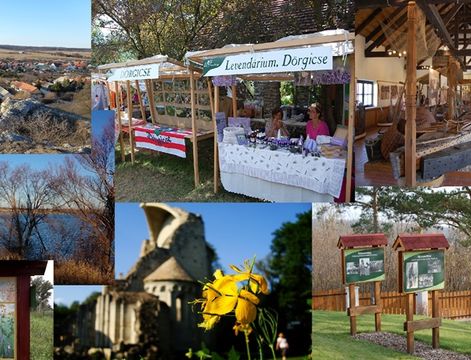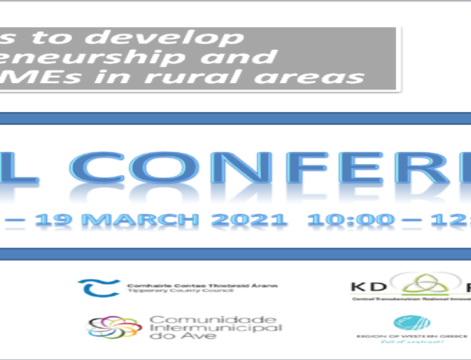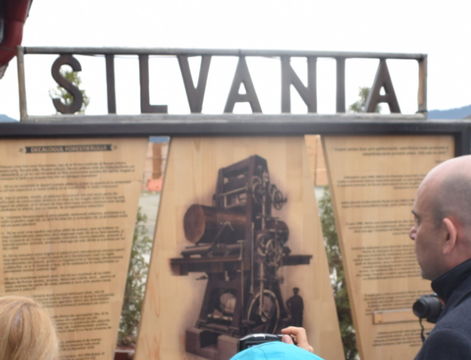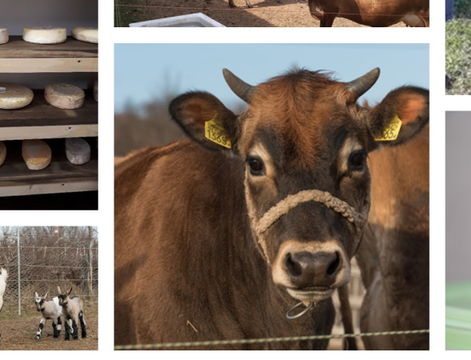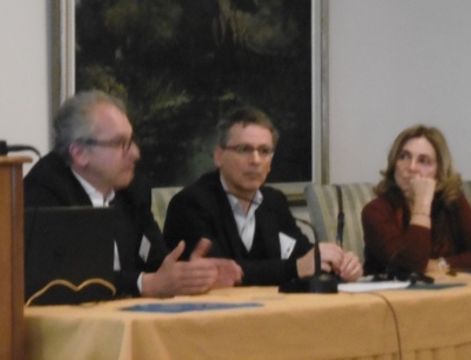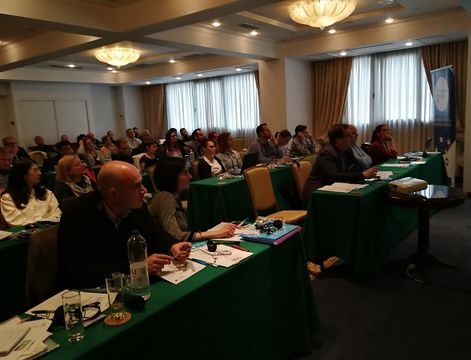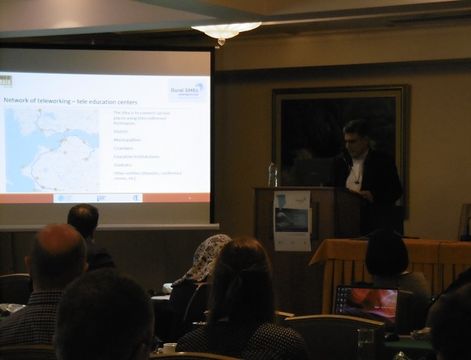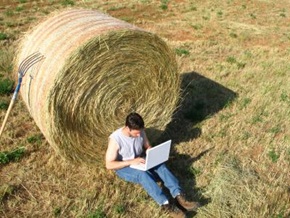Introduction to Central Transdanubia (Hungary)
 Central Transdanubia is a really diverse region of the country, this is the cradle of the more than thousand years old Hungarian state. The region includes three counties: Fejér, Komárom-Esztergom and Veszprém.
Central Transdanubia is a really diverse region of the country, this is the cradle of the more than thousand years old Hungarian state. The region includes three counties: Fejér, Komárom-Esztergom and Veszprém.
The total area of the region is 11112 square kilometres and the total population was 1,063 million people in 2015.
The geographical characteristic of the region is mostly defined by the Transdanubian mountains but there are also lowland areas. The most important surface waters are the two main lakes: Balaton Velencei-tó and the river Danube.
The population in the region is decreasing. The main factors behind this are the natural population loss and negative migration (mostly to Western Europe). Central Transdanubia is basically the third most developed region in Hungary.
The economy is driven by the high amount of the FDI, the main economic sectors are the machinery, food and chemical industry, IT. The economic and the employment system of the region were heavily affected by the economic crisis, but in the past years the economy has recovered from the shock.
Now the region has one of the best employment statistics in Hungary and the focus point of the FDI are not just the assembly activities but the R&D&I as well.
Rural Profile of Central Transdanubia
 More than 80% of the total area of the region is rural area. It’s rural settlement network can be characterized by a high amount of small villages (under 500 inhabitants) in the mountainous part and traditional medium sized agricultural villages on the plain part (south of the region).
More than 80% of the total area of the region is rural area. It’s rural settlement network can be characterized by a high amount of small villages (under 500 inhabitants) in the mountainous part and traditional medium sized agricultural villages on the plain part (south of the region).
The two-fold geographical character determines the rural activities as well. The plain part is famous for growing plants (mostly cereals), while the upper part is on livestock breeding. Additionally the rural economy has a strong leg on crafts (wood, stone, textile, leather) and viticulture (8 historical wine regions of 22).
Finally, the rural character is strengthened by the rural tourism.
Strengths of the Rural Economy
- Excellent conditions (soil, weather, etc.) for agriculture (especially grape and cereals)
- Strong tradition on crafts
- Local hubs of regional economy in rural sub-centres
- Growing proportion of youth involved in rural economic activities
Challenges for the Rural Economy
- Population loss and unfavourable age structure in rural areas
- Extraction effect of the industrial centres
- Low level of bottom-up initiatives
The Central Transdanubia region of Hungary is best known for...
- Its history (coronation place of kings and centre of the church)
- Wine (best white wines in Central-Europe)
- Rural tourism (castles, routes)
- Natural heritage (e.g. Balaton upland)
Introduction to Central Transdanubian Regional Innovation Agency
The Central Transdanubian Regional Innovation Agency Nonprofit Ltd. (CTRIA) operates on a regional level as part of a national network. It works as an independent legal entity since 2008.
During the past 9 years CTRIA greatly contributed to turning Central Transdanubia into a region of outstanding innovation activities.
The agency mentored more than 200 SMEs, participated in 15 successful international projects and has more than 100 partners in the EU and beyond.
Introduction to Gabriella Baráth
 Gabriella is the RURAL SMEs project manager in the Society for the Central Transdanubian Regional Innovation Agency
Gabriella is the RURAL SMEs project manager in the Society for the Central Transdanubian Regional Innovation Agency
Phone: 0034947061929
Email: [email protected]
The role of Gabriella
Being a project manager, Gabriella is responsible for coordinating and implementing interregional projects, especially on social, rural issues and creative industries.
Additionally, Gabriella has deep knowledge on networking and community involvement.
3 things to know about Gabriella
- Social sensitivity
- Interest in kids and animals
- Mixture of analytical and practical thinking
What Gabriella loves about her region
- Cultural heritage
- Diversity of economy
- Rural touristic attractions
The changes that CTRIA would like to see implemented from this project
- Supporting youth entrepreneurship
- Balancing the development of rural and urban areas
- Youth awareness raising
Good News Stories
- We have good examples of family businesses in different branches. They are strong in tradition, while open to share knowledge over generations.
- Good initiatives on rural tourism, based on traditional crafts and industries combined with natural heritage.
- Many innovative ideas raised at individual business level mixing traditional rural activities and modern technologies.
Useful Links
- Video of Szigliget Castle and its rural tourism on Balaton Uplands.
- Values of Fejér county
- Balaton uplands craft market – local products
- Valey of Arts – Largest craft-art-tourism festival in Central Europe plus a successful local development initiative.



